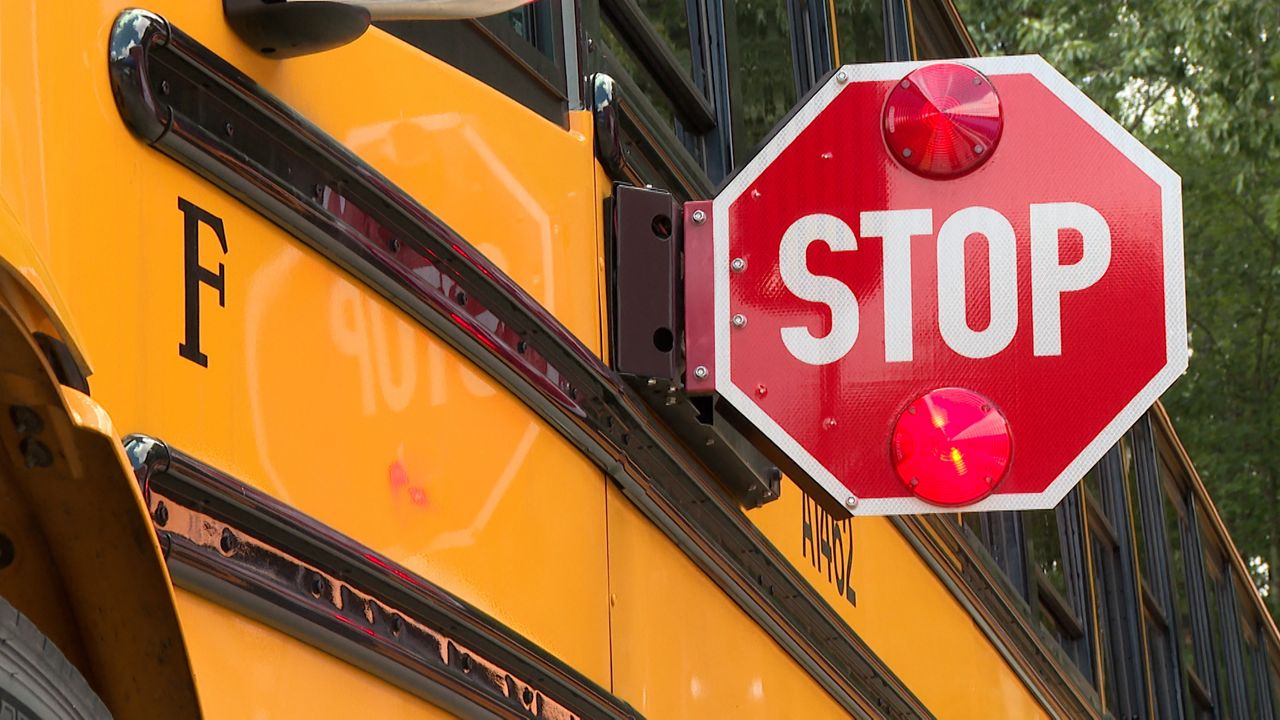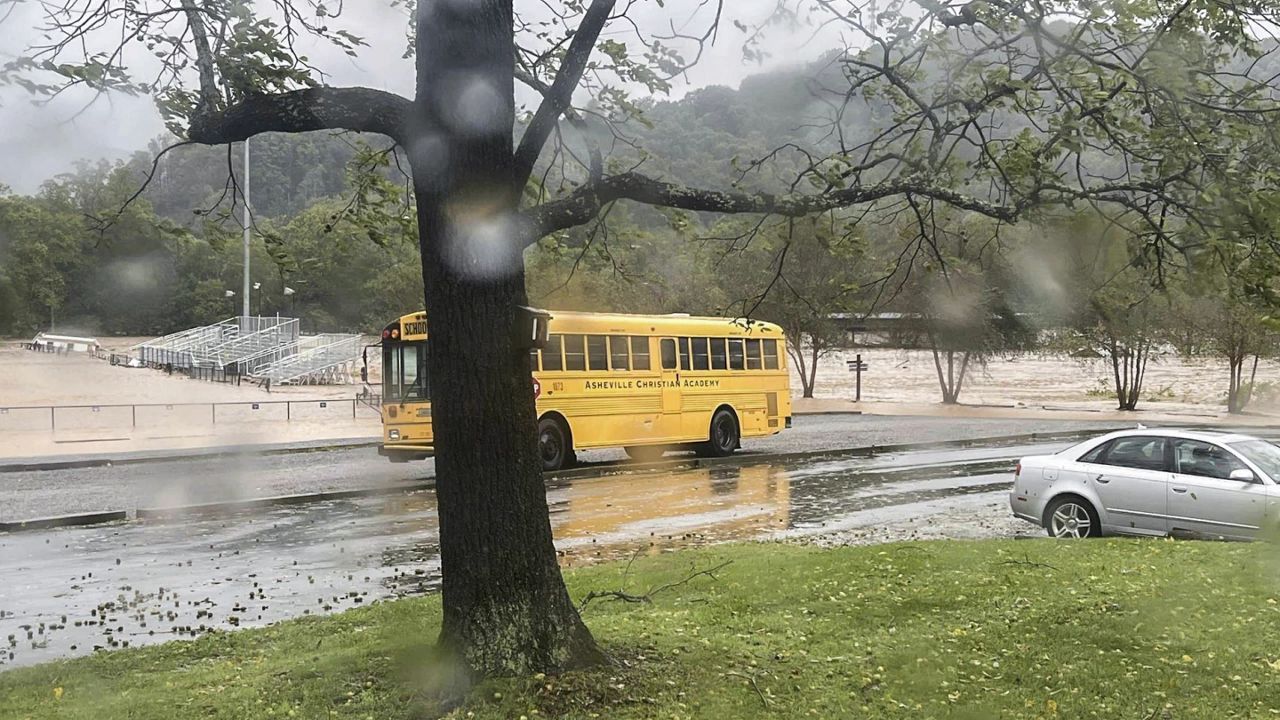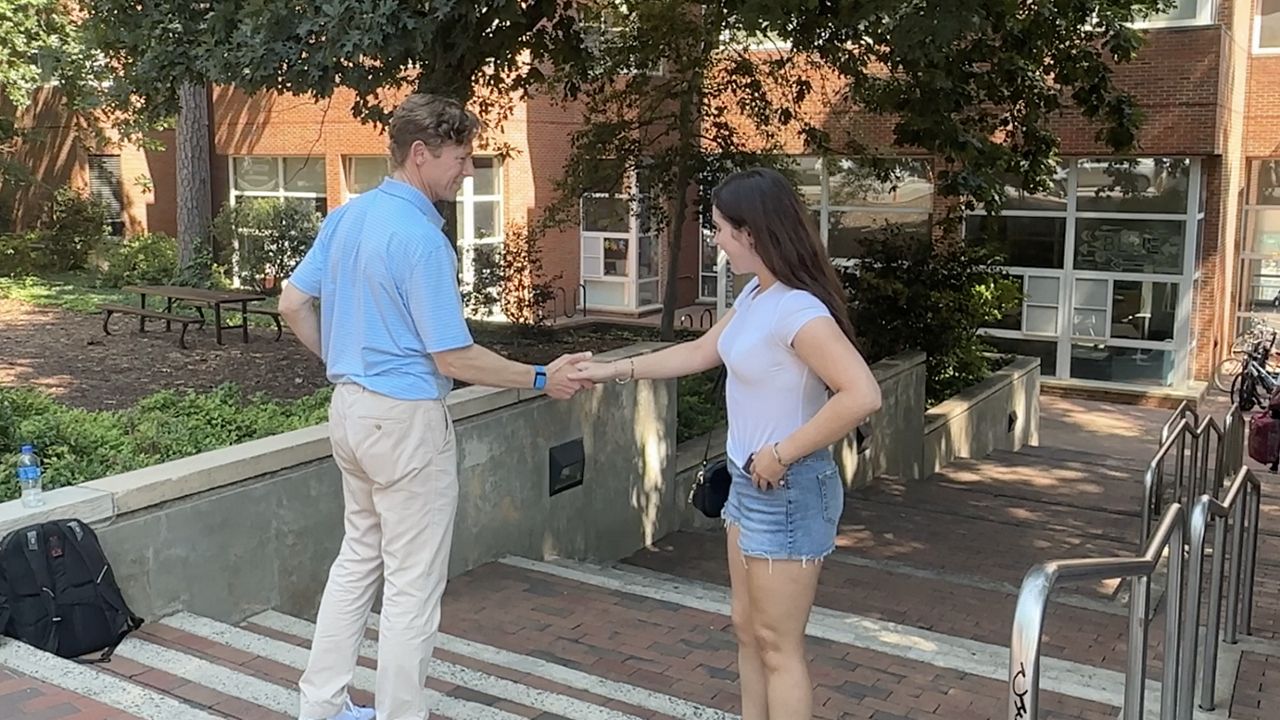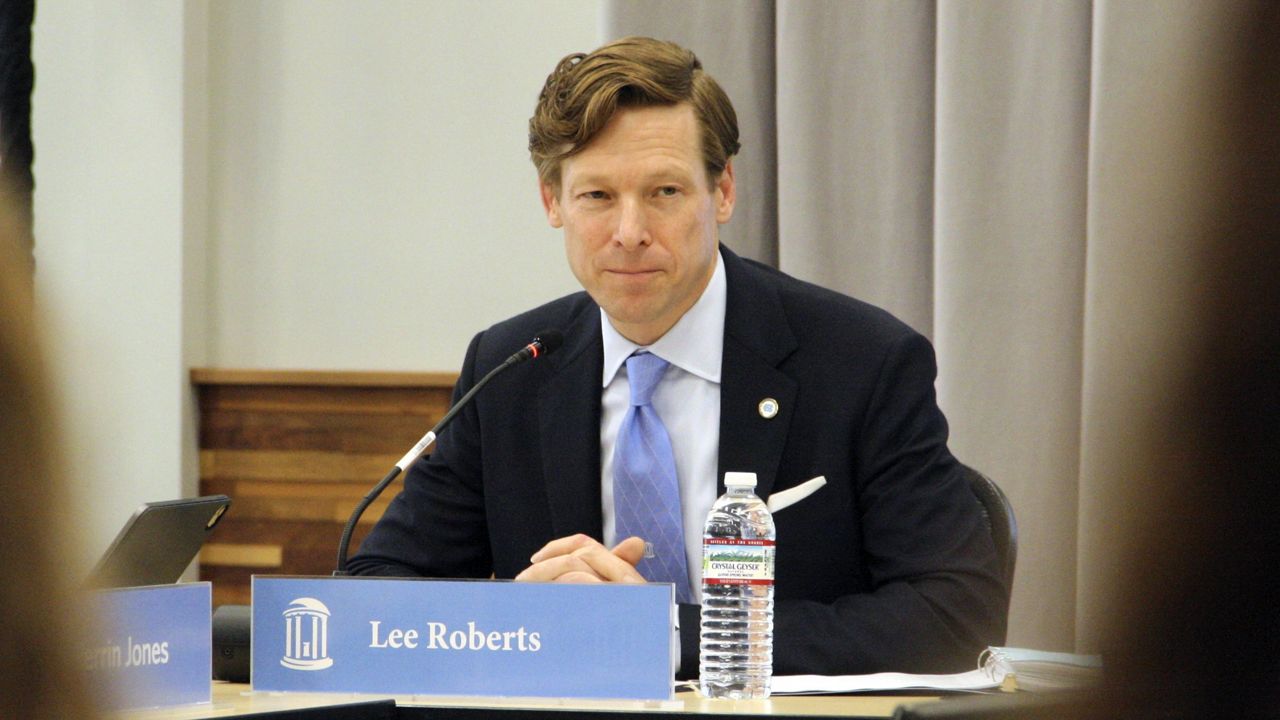DURHAM, N.C. — If you are a prospective college student with the chops to make it at Duke University, yet wondering how to pay for it, there is some good news.
- Duke has more undergraduate students from North Carolina than from any other state. In the 2022-23 academic year, 1,131 North Carolina residents from 65 counties were enrolled as undergraduates, representing 16% of the undergraduate student body
- No tuition for families under $150,000 a year
- No tuition for families under $65,000 a year. Housing, meals, course materials & other campus expenses are also covered
- Assistance begins the fall semester of 2023
All undergraduates attending Duke University this fall from North and South Carolina families making less than $150,000 per year will not pay tuition fees as part of their financial aid package.
Duke students whose parents earn less than $65,000 a year have even more of their college experience covered. Students from this income group living in the Carolinas won’t have to worry about tuition, along with the cost of meals, housing, some class materials and various campus expenses.
President Vincent Price said the worry of affording college can be troublesome for young people.
“This additional financial support for undergraduates reflects Duke’s commitment to our students from the Carolinas,” Price said. “By providing even more equitable access to a Duke education and ensuring students have the resources they need to truly thrive while here at Duke, we will also make our campus community stronger.”
All incoming and current qualifying undergraduates from the two states are eligible starting in the fall 2023 semester. The Duke website said first-years through seniors can expect to see this change reflected on their upcoming financial aid packages on July 1.
Attending four years of college can be a transformative experience for many people but only if you can get on campus.
Duke University Dean of the Trinity College of Arts and Sciences Dr. Gary Bennett believes this gameplan keeps the decision-making process a lot easier for a lot of families. He remembers drawing from his own life as a teenager to craft this blueprint at Duke.
“Sitting around the kitchen table with my family evaluating the options that were available to me and thinking really critically about the different financial aid packages, and what made sense both academically and financially for my family,” Bennett said.
After all of these years of offering traditional financial aid packages, Bennett said the time is now to make these changes.
“We’ve been working on this for a couple of years to try both how to identify ways of putting together the resources to make this plan a reality,” he said.
Bennett said the administration hopes the sticker price won’t be an immediate end of the conversation and instead, can lead to more folks accomplishing their dreams.
“We were eager to talk about it as soon as we realized we could get it done,” Bennett said. “We know from our data, students in these income groups, are more likely to choose colleges close to home and many of them will choose to remain in areas pretty close to home after they graduate.”
The university projects 340 students will be in line for these updates in the next academic year.









